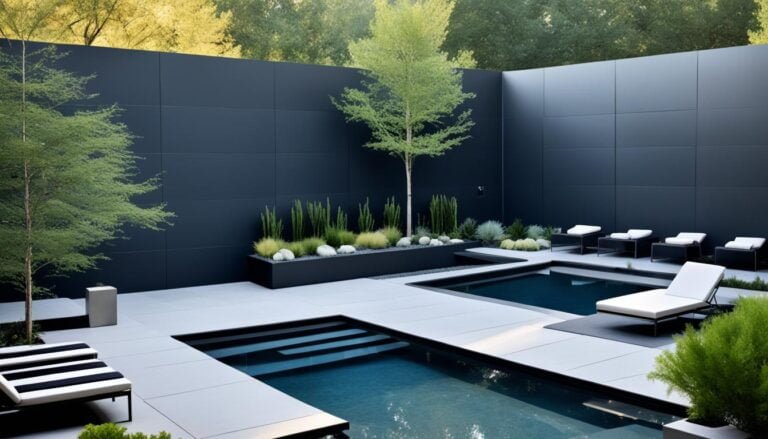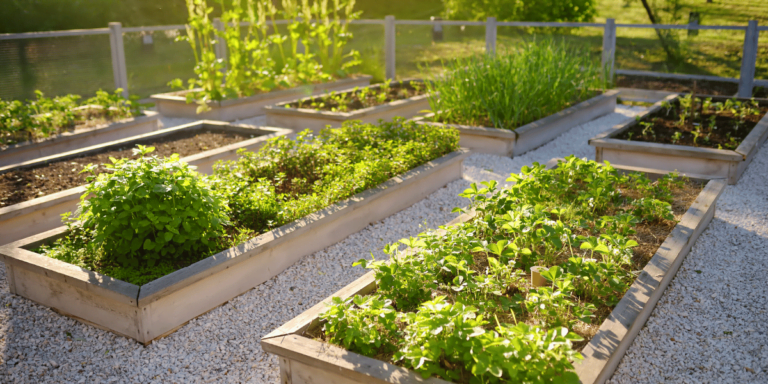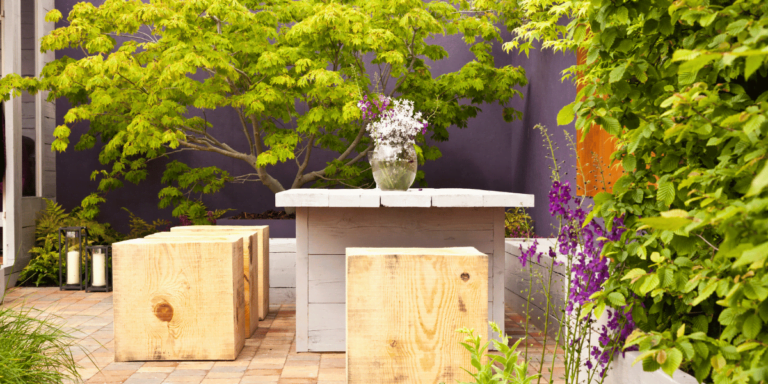Introduction
Indoor plants bring vitality and tranquility to any home, and the Maranta, commonly known as the Prayer Plant, is no exception. Its eye-catching foliage, combined with its interesting nighttime leaf movement, has endeared it to plant enthusiasts worldwide. This comprehensive review will guide you through the care, nuances, and common questions related to this beautiful indoor companion.
The expanded key specifications for the Maranta (Prayer Plant):
| Specification | Details |
|---|---|
| Common Names | Prayer Plant, Maranta |
| Botanical Name | Maranta leuconeura |
| Family | Marantaceae |
| Plant Type | Herbaceous perennial, often grown as a houseplant |
| Mature Size | Typically up to 12 inches in height with a spread of up to 18 inches, depending on the variety and care provided |
| Sun Exposure | Prefers bright, indirect light. Direct sunlight can cause leaf discoloration |
| Soil Type | Moist but well-draining. A blend of peat, perlite, and pine bark often works well |
| Soil pH | Slightly acidic to neutral (6.1 to 7.5) |
| Bloom Time | While primarily grown for foliage, Maranta can produce flowers in spring and summer under optimal conditions |
| Flower Color | Delicate white or light lavender flowers, though it’s not uncommon for indoor Marantas to not bloom frequently |
| Hardiness Zones | Typically grown as a houseplant indoors. Outdoors, it’s suitable for USDA zones 11-12 |
| Native Area | Central and South America, particularly Brazil |
Plant Care
Caring for the Maranta is a rewarding experience. These plants are resilient, but like all living things, they thrive with the right care. When given proper attention, the Prayer Plant will return the favor by becoming a vibrant addition to your indoor space.
Light Requirements
Marantas adore bright, indirect sunlight. Direct exposure can cause their vibrant leaves to fade, so it’s essential to find that sweet spot. If you notice the colors of your Maranta becoming dull or its leaves getting scorched, it’s likely receiving too much direct sun. On the flip side, too little light can lead to leggy growth. Adjusting its position to ensure the right amount of light can make a world of difference.
Soil Preferences
These plants prefer well-draining soil. A potting mix that retains moisture but doesn’t become soggy is key. A blend of peat, perlite, and pine bark often works wonders for Maranta. Proper drainage is essential to prevent root rot, a common issue if the soil remains too wet.
Watering Practices
Marantas are sensitive to water quality. They prefer lukewarm, distilled, or rainwater. Overwatering can lead to root rot, while underwatering can cause the leaves to turn brown and crispy. It’s best to water the Maranta when the top inch of soil feels dry. Make it a routine to check the soil moisture levels and water accordingly.
Temperature and Humidity
The Maranta thrives in a humid environment. Aim for a humidity level of at least 50%. If you live in a dry area, consider using a humidifier or placing the plant on a tray filled with water and pebbles. As for temperature, keep your Maranta in a range of 65-80°F during the day and no lower than 60°F at night.
Fertilizer Recommendations
Feed your Maranta with a balanced, water-soluble fertilizer every month during the growing season (spring and summer). It’s best to dilute the fertilizer to half the recommended strength to avoid overfeeding. Remember, while nutrients are vital, less is often more when it comes to fertilization.
Pruning Insights
Pruning your Maranta can keep it looking neat and encourage fuller growth. Regularly remove yellowing or dead leaves at the base to maintain its vibrant appearance. If you notice the plant becoming leggy, you can trim back long stems to promote bushier growth.
Overwintering Procedures
During winter, Marantas enter a dormant phase. Reduce watering and refrain from fertilizing during this period. Keep the plant in a bright spot, but ensure it is protected from cold drafts or sudden temperature drops.
Propagation Tips
Propagating Maranta is a delightful process. Simply cut a healthy stem with at least two leaves and plant it in fresh potting soil. Alternatively, you can root the stem in water before transplanting. With a little patience and the right conditions, you’ll soon have a new Maranta plant to cherish.
Addressing a Quickly Declining Maranta
If your Maranta seems to be declining rapidly, it’s crucial to act swiftly. Check for root rot, pests, or sudden environmental changes. Adjusting its care routine, repotting, or isolating the plant from other plants can often turn things around.
Types of Maranta
The Maranta genus boasts several stunning varieties, each with its unique charm. A few of the most popular ones include:
- Maranta leuconeura ‘Kerchoveana’ (Rabbit’s Foot): This variant has greyish-green leaves punctuated with dark green patches.
- Maranta leuconeura ‘Erythroneura’ (Red Prayer Plant): As the name suggests, this beauty is characterized by its bright red veins.
- Maranta leuconeura ‘Lemon Lime’: This variant flaunts a gorgeous blend of green shades with lemony strokes.
Common Pests & Plant Diseases with Solutions
Like any indoor plant, Maranta may occasionally fall prey to pests or diseases. Here’s a breakdown:
- Spider Mites: Tiny creatures that can cause stippling on leaves. Solution: Wipe leaves with a damp cloth and isolate the plant. Consider using insecticidal soap for severe infestations.
- Aphids: Small, soft-bodied insects. Solution: Remove by hand or use a mild insecticidal soap.
- Root Rot: Caused by overwatering and poor drainage. Solution: Repot the plant in fresh, well-draining soil and ensure the pot has adequate drainage.
- Leaf Spot: Fungi or bacteria can cause this. Solution: Remove affected leaves and ensure good air circulation. Avoid overhead watering.
Regular inspection and prompt action can prevent these issues from escalating.
Encouraging Your Maranta to Bloom
While Maranta is primarily grown for its foliage, it can produce tiny white or lavender flowers under optimal conditions. To encourage blooming:
- Ensure that the plant receives bright, indirect light.
- Maintain consistent watering routines without overwatering.
- Provide it with adequate humidity levels, ideally above 50%.
- Feed it with a balanced fertilizer during the growing season.
Remember, blooms are a bonus. Even if it doesn’t flower, its striking foliage is still a treat to the eyes.
Addressing Common Problems with Maranta
Maranta is fairly resilient, but certain issues might arise:
- Yellowing Leaves: Could be due to overwatering or too much sunlight. Ensure the soil is well-draining and place the plant in indirect light.
- Brown Leaf Tips: Often caused by dry air or tap water with too many minerals. Increase humidity and use distilled or rainwater.
- Leggy Growth: A sign of inadequate light. Move the plant to a brighter location but away from direct sunlight.
- Dropping Leaves: This can happen if the plant is too cold. Ensure it’s kept in the ideal temperature range.
Understanding your Maranta’s needs and being observant can help you address most problems effectively.
Equipped with this expansive knowledge on Maranta care, from its types to common problems, you’re now prepared to provide your Prayer Plant with an environment where it can truly thrive and dazzle. Enjoy the vibrant and enriching journey with this indoor beauty!
Flourishing Finale
In conclusion, with a dash of attention and love, the Maranta will not only survive but flourish in your indoor space. Its exquisite foliage and captivating movements make the effort truly worthwhile. Embrace the journey of caring for this gem, and it’ll certainly brighten your days.
Frequently Asked Questions
Decode the magic of gardens with our guide to Landscaping Styles Frequently Asked Questions.
- This can be a sign of underwatering or exposure to cold drafts. Ensure your watering routine is consistent and place the plant in a draft-free area
- Yes, as long as it is kept in a shaded area with indirect sunlight. Remember to bring it inside if temperatures drop significantly at night
- Repotting every 2-3 years is generally recommended. However, if the plant outgrows its pot or shows signs of stress, consider repotting earlier.
- Yes, Marantas are generally considered non-toxic to cats and dogs. However, always monitor pets around plants to ensure they don’t chew on them.
Nurturing a Maranta is a fulfilling journey, filled with growth, challenges, and vibrant rewards. Armed with this comprehensive guide, you’re well-equipped to make the most of this captivating indoor companion. Enjoy every moment with your Prayer Plant!

















